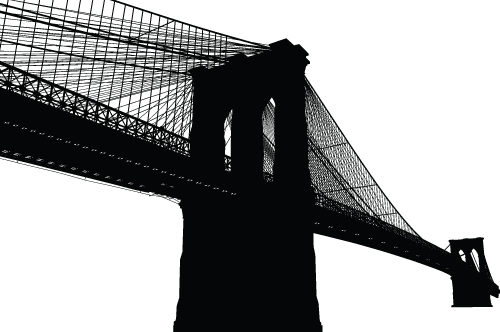
New York’s bridges are growing increasingly unstable and untenable, according to a new report produced by the transportation research nonprofit TRIP, which found that 10 percent of the state’s bridges are in a poor or structurally deficient condition.
The report, Preserving New York’s Bridges: The Condition and Funding Needs of New York’s Aging Bridge System, focused on bridges 20 feet or longer, and to reach a deteriorating condition, bridges must be experiencing significant deterioration on their deck, supports or other major components. Such decline could have significant ramifications for the state, as that 10 percent represents 1,757 bridges carrying about 11,590,945 vehicles per day.
“New York’s bridges are a critical component of the state’s transportation system, providing connections for personal mobility, economic growth and quality of life,” Will Wilkins, TRIP’s executive director, said. “Without increased and reliable transportation funding, numerous projects to improve and preserve aging bridges in the Capital Region and statewide will not move forward, hampering New York’s ability to efficiently and safely move people and goods.”
Structurally deficient bridges can get hit with lower weight limits than other bridges or closed outright if they deteriorate too far. This means larger vehicles might need to divert down alternate routes or, later, all traffic — a condition that lengthens travel times and wastes fuel.
“The TRIP Report underscores what highway superintendents throughout the state understand about the condition of many of our local bridges,” Dennis Davis, president of the New York State County Highway Superintendents Association, said. “Poor bridge condition ratings negatively impact functionality, time of travel, safety, the local economy, and the overall experience of the traveling public. With many aging bridges more than 70 years old, not to mention tens of thousands of culverts also requiring immediate reconstruction or replacement, we face a situation in desperate need of increased public investment and a concerted effort on the part of all levels of government to address the funding demands of our aging and ailing transportation systems.”
Beyond the deficient bridges, a majority 53 percent of the state’s bridges — 9,364 to be precise — are in fair condition. That means that while their structural elements are sound, minor deterioration is underway. The remaining 6,400 bridges in New York are in good condition.